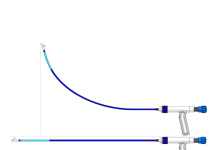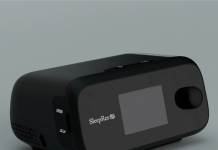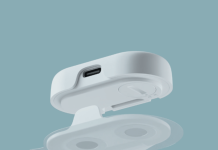Cortechs.ai has announced the commercial launch of an advanced imaging solution, OnQ Prostate, for detecting prostate cancer.
Approved by the US Food and Drug Administration (FDA), the OnQ Prostate post-processing software designed to assist radiologists by enhancing the detection of clinically significant prostate cancer using an advanced diffusion-weighted imaging method called Restriction Spectrum Imaging (RSI), solely licensed to Cortechs.ai.
Related: MediThinQ launches new micro surgery solution
Until recently, OnQ Prostate’s use was confined to select academic institutions and imaging centres for clinical validation and feedback.
With the release of the latest software version, Cortechs.ai is poised to actively market the product through its established sales channels.
OnQ Prostate not only enhances radiological assessments such as PI-RADS accuracy and inter-reader agreement but also streamlines workflows.
It also simplifies the interpretation of MRI images for non-radiologists, aiding in biopsy and treatment decisions, as well as facilitating patient communication.
The software is set to improve various clinical workflows in prostate cancer management, from initial screening to post-treatment, fostering collaboration among radiologists, referring physicians, and patients.
Cortechs.ai CEO Kyle Frye said: “Our OnQ Prostate product continues to showcase this focus. We are going beyond the brain and utilising our RSI technology to those focused on diagnosing and treating patients with prostate cancer.
“Patients and users deserve to have a more specific and efficient technology that will allow for diagnosis and subsequent treatments to happen.”
Furthermore, Cortechs.ai recently released NeuroQuant v5.0, an update to its NeuroQuant software to expand capabilities in neuroimaging.
Awaiting FDA 510(k) clearance, the NeuroQuant v5.0 will expand the software’s capabilities to identify and evaluate cerebral microhaemorrhages.
This could benefit patients with conditions such as cerebral amyloid deposition diseases, traumatic brain injuries, and amyloid-related imaging abnormalities.






